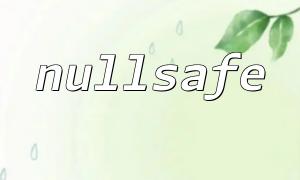With the rapid development of the internet, information is widely distributed across various websites. Efficiently gathering this information has become a key challenge for developers. As a popular programming language, PHP provides various crawler libraries to help developers accomplish this task. This article will explore the advantages and limitations of PHP crawler classes, along with a code example to demonstrate how to use PHP crawlers to retrieve webpage content.
The following code demonstrates how to use a PHP crawler library to extract the title and content of a webpage:
<?php
require 'simple_html_dom.php'; // Include the simple_html_dom library
// Define the URL to crawl
$url = 'https://www.example.com';
// Use cURL to fetch the webpage content
$ch = curl_init();
curl_setopt($ch, CURLOPT_URL, $url);
curl_setopt($ch, CURLOPT_RETURNTRANSFER, 1);
$html = curl_exec($ch);
curl_close($ch);
// Use the simple_html_dom library to parse the HTML content
$dom = new simple_html_dom();
$dom->load($html);
// Get the webpage title
$title = $dom->find('title', 0)->innertext;
// Get the webpage content
$content = $dom->find('.content', 0)->innertext;
// Output the results
echo 'Title: ' . $title . '<br>';
echo 'Content: ' . $content;
?>
As shown in the code example above, developers can easily retrieve a webpage’s title and content using PHP crawler libraries. More complex pages may require additional parsing and processing logic.
PHP crawler classes offer advantages such as ease of use, rich resource support, and strong HTML page processing capabilities, making them suitable for crawling static pages and simple data extraction tasks. However, they face limitations when dealing with dynamic pages and anti-crawler techniques. Developers should choose the appropriate tools and strategies based on their specific needs to achieve the best crawling results.









